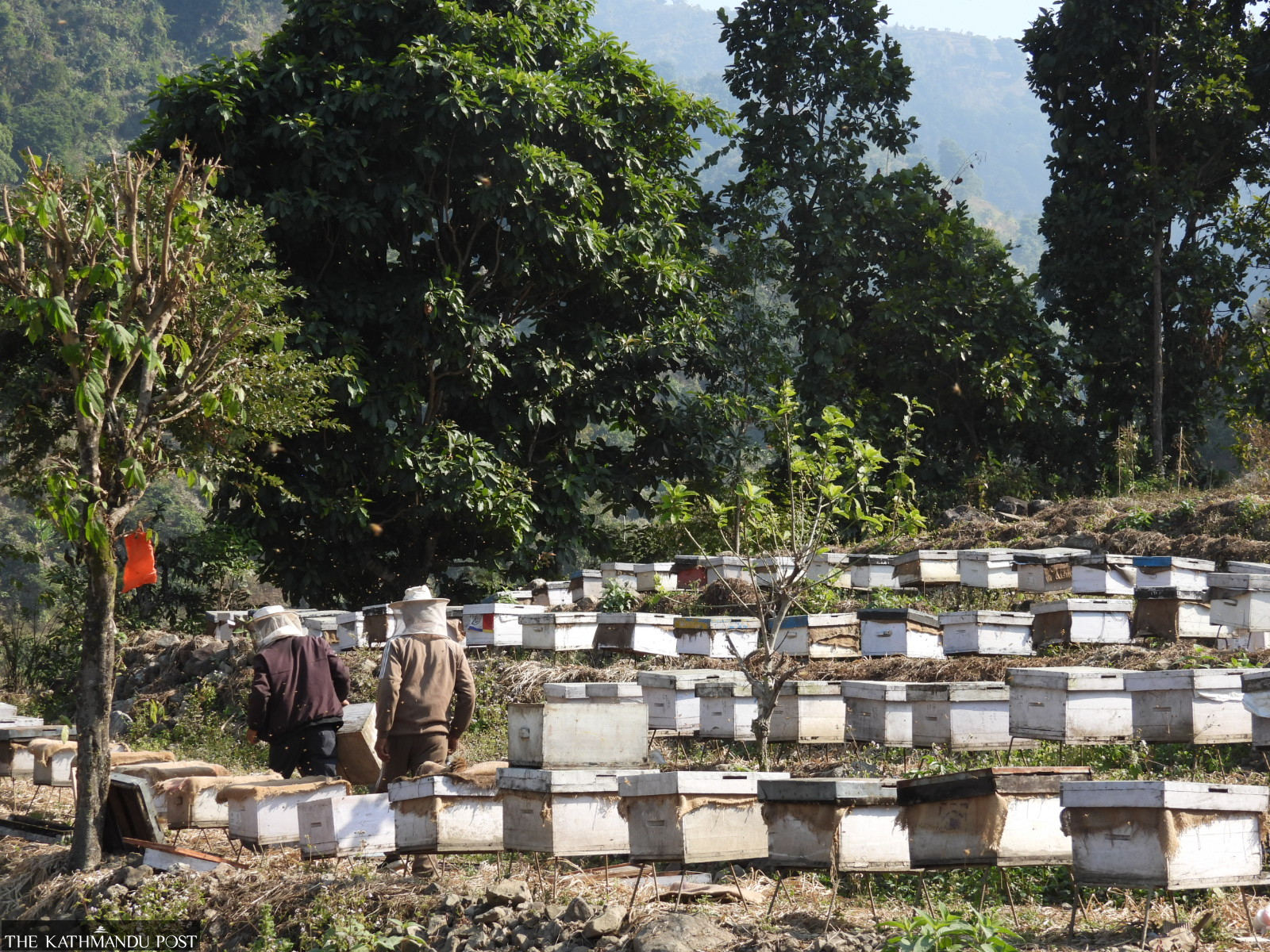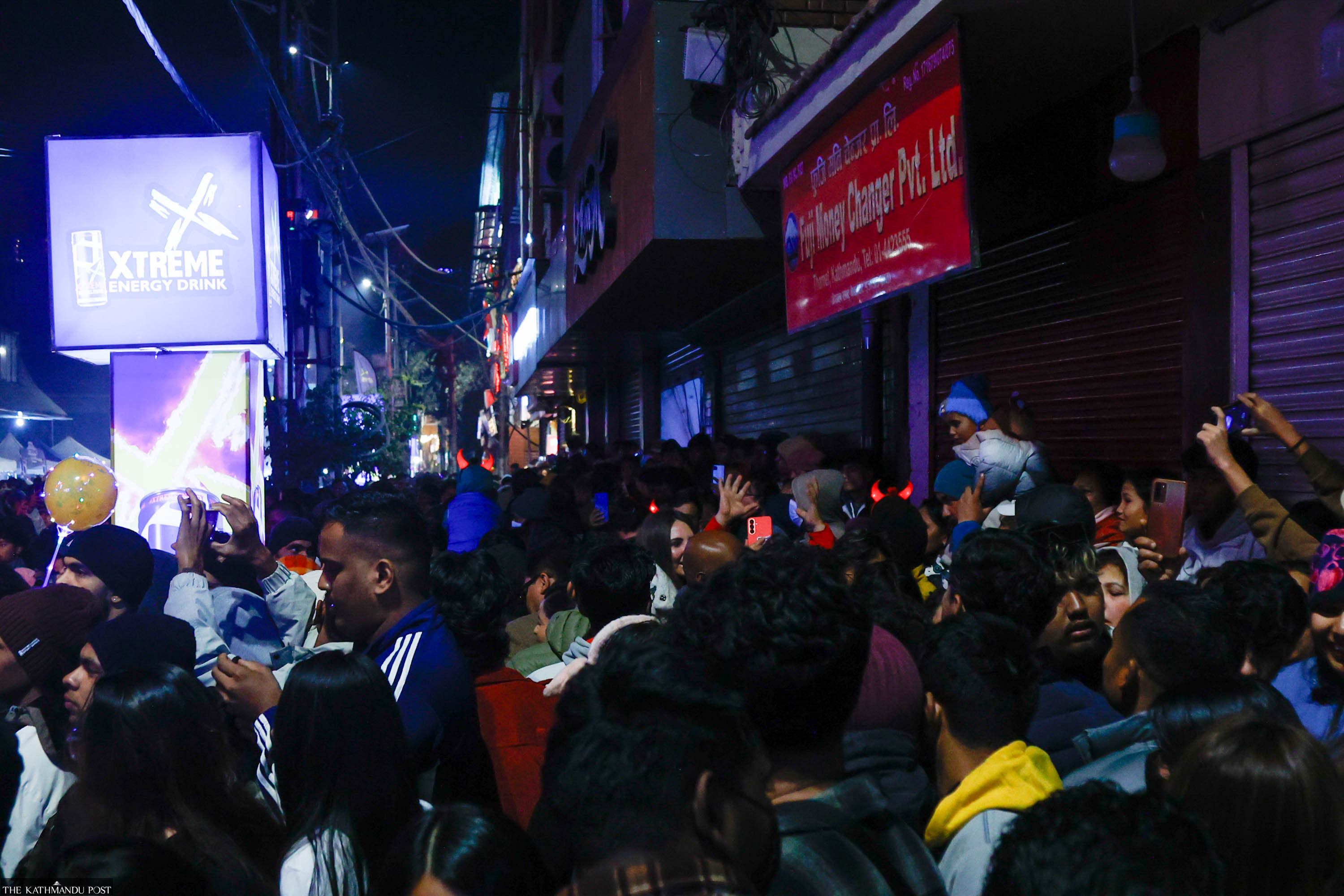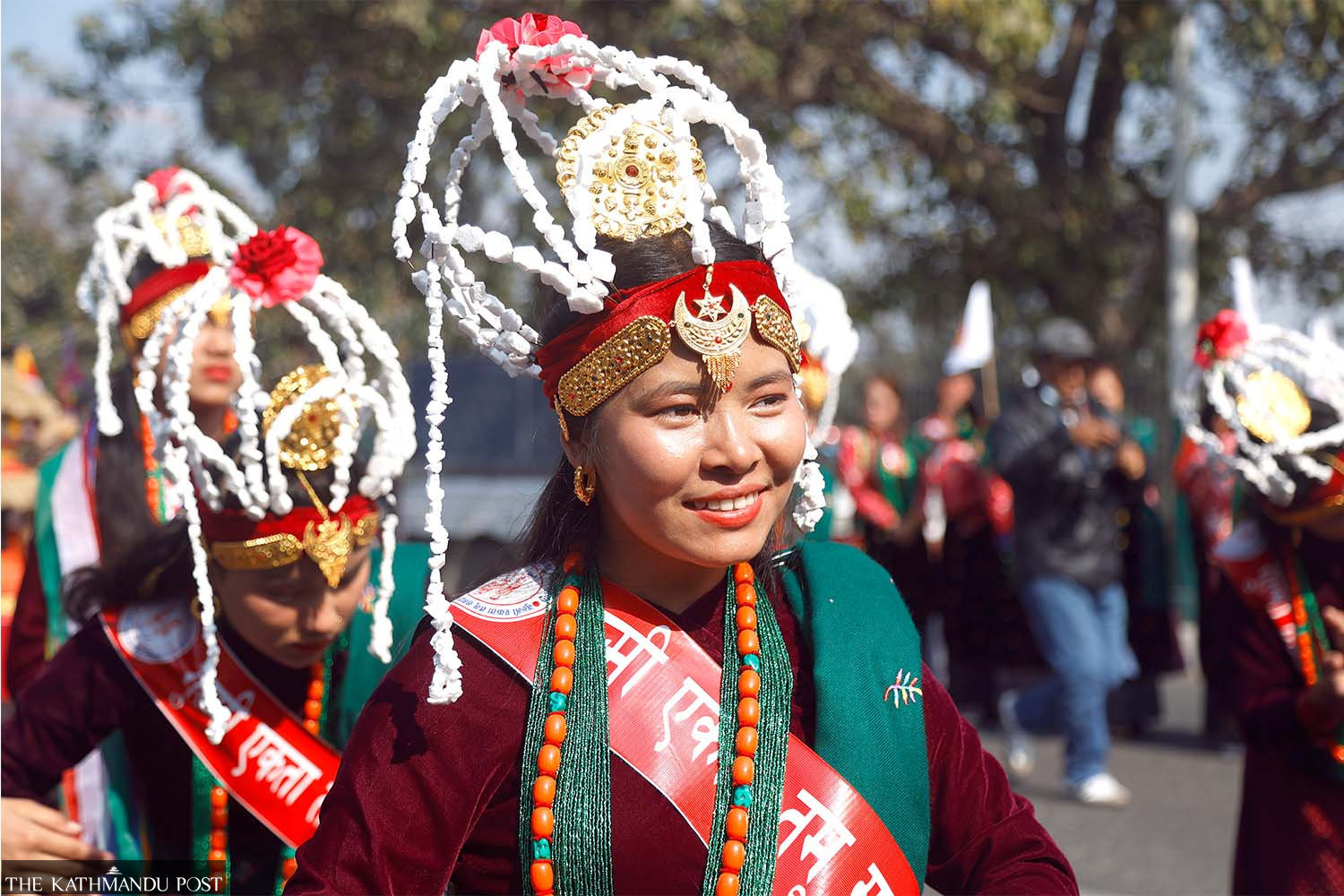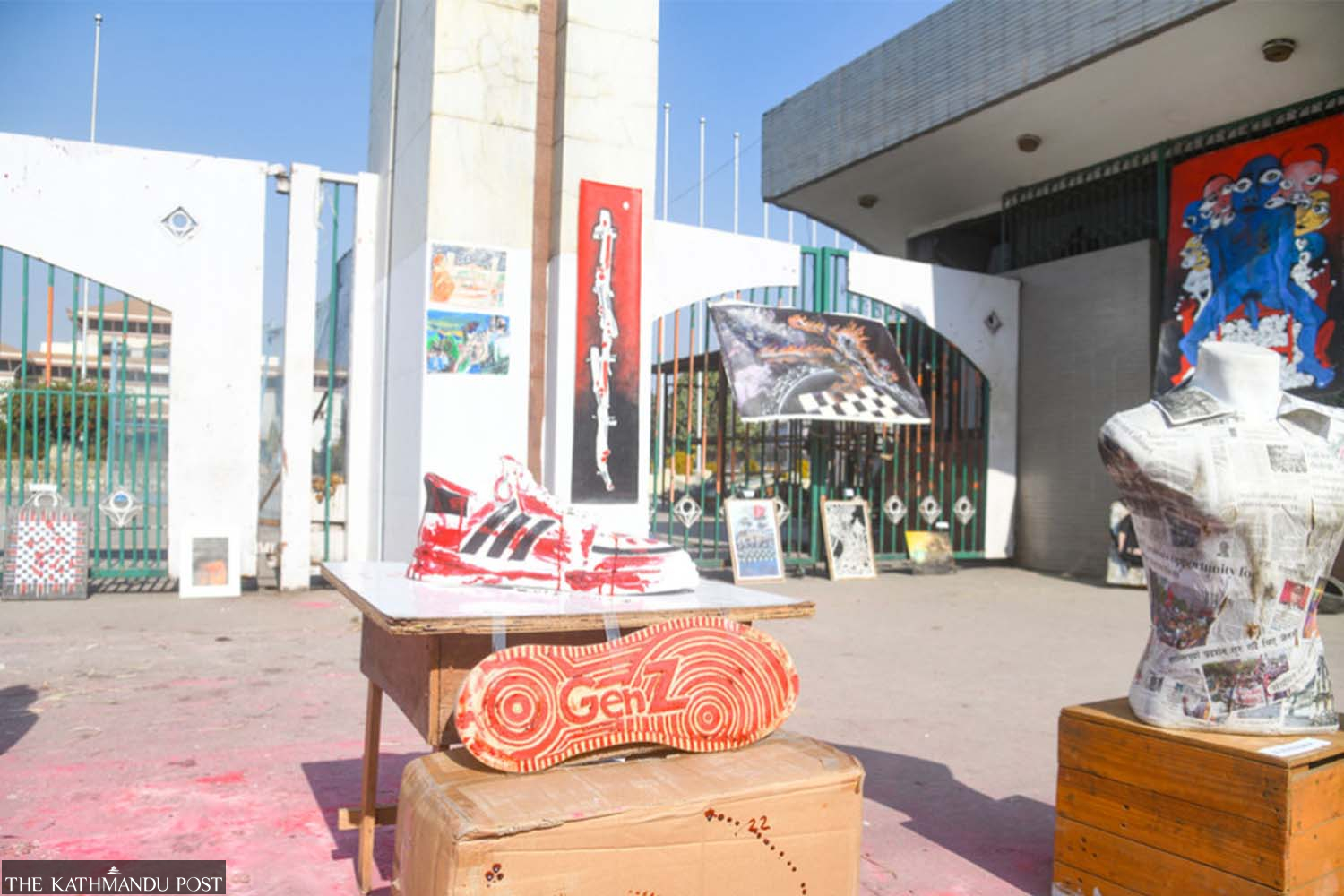Visual Stories
Once upon a time in Pokhara
These photos of the city, today bustling with tourists, capture the mood of the once fairly quiet town in the 1960s.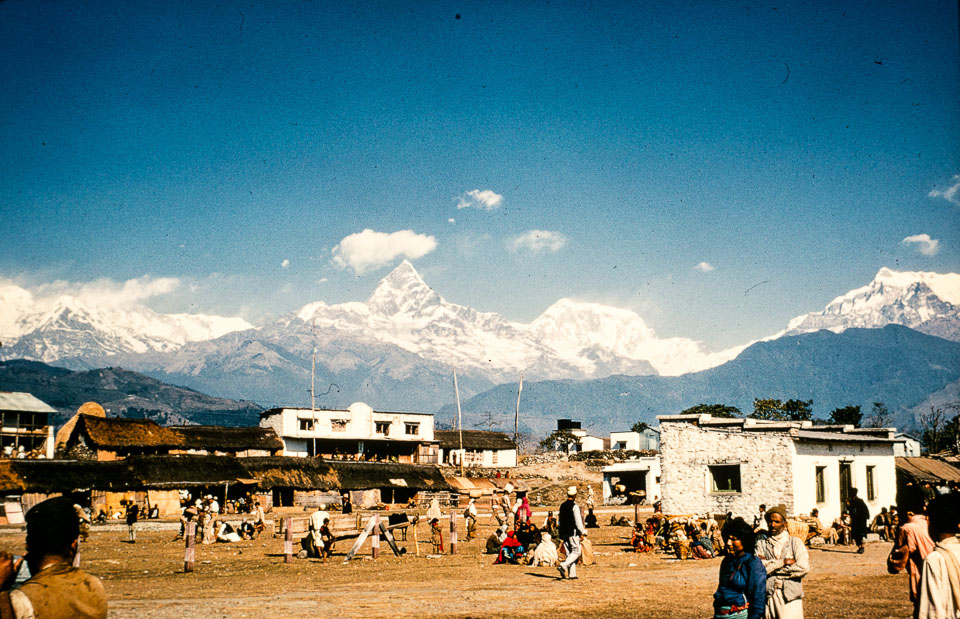
Post Report
From the open fields of Kathmandu to the unpaved streets in Pokhara, this photo essay series will take you to a more organic period in the country’s history. In the next few months, the series, based on photographs from Nepal Photo History Project, will transport you to towns and villages across the country while they were still decades from the modern world the photographers who captured these images hailed from.
To see more photo essays in this series, go to tkpo.st/eka-deshma
***
When one thinks of taking a vacation in Nepal, Pokhara is usually on the majority of their list. For decades, the second-largest city in Nepal has been well recognised for its magnanimous natural and cultural heritage.
Over the years, Pokhara has gone through immense changes and modernisation of the city has led to new opportunities for the locals. But the city’s relationship with nature and ever-expanding cultural diversification have remained as the foundation of this beautiful city of lakes.
The city is surrounded by the majestic mountains in the Annapurna and Dhaulagiri range, out of which the crown jewel, Machhapuchre Himal, stands out. Pokhara also boasts its rich natural heritage through its over half-a-dozen lakes, the milky white Seti River and a number of caves and caverns.
As Nepal opened up to the world after the downfall of the Rana regime in the 1950s and started welcoming foreign visitors, volunteers from the US Peace Corps, founded by US President John F Kennedy in 1961, began arriving in the country by the dozens. The volunteers were posted across the country, serving and teaching in various sectors, including education, farming, and health.
These classic photographs, taken by the volunteers during the 1960s, show a magnificent Pokhara in all its beauty.

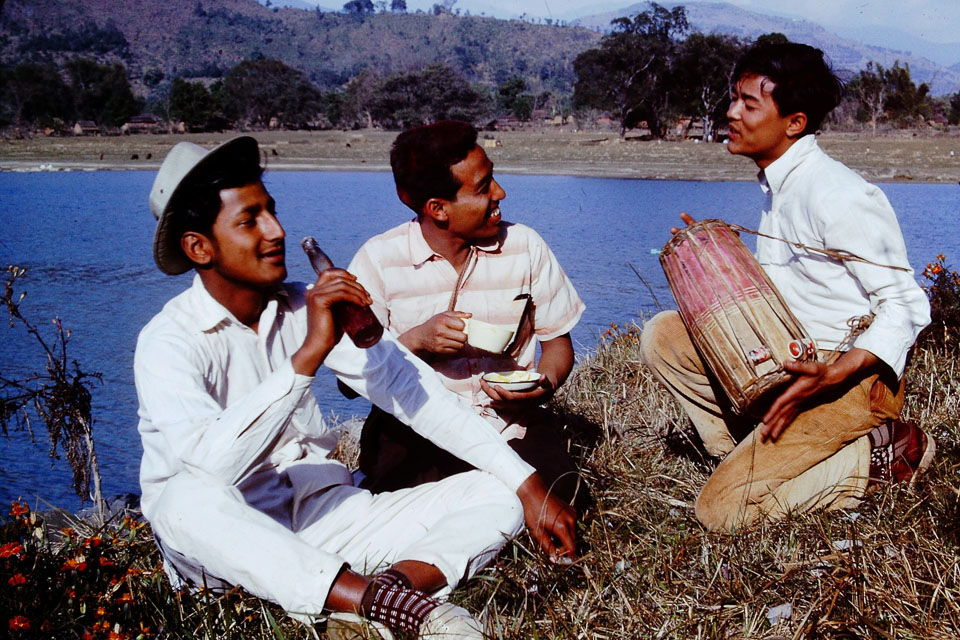

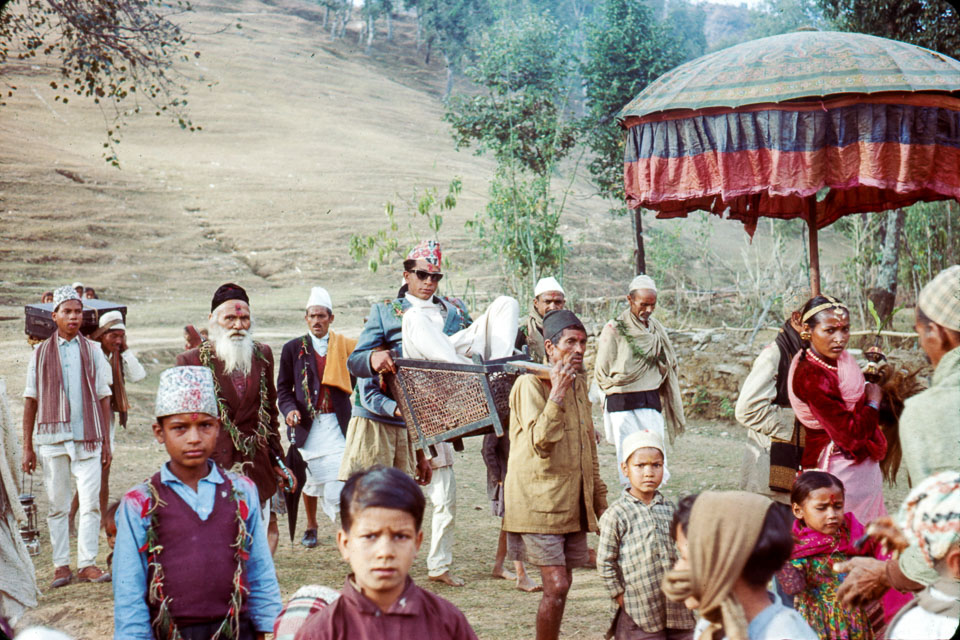
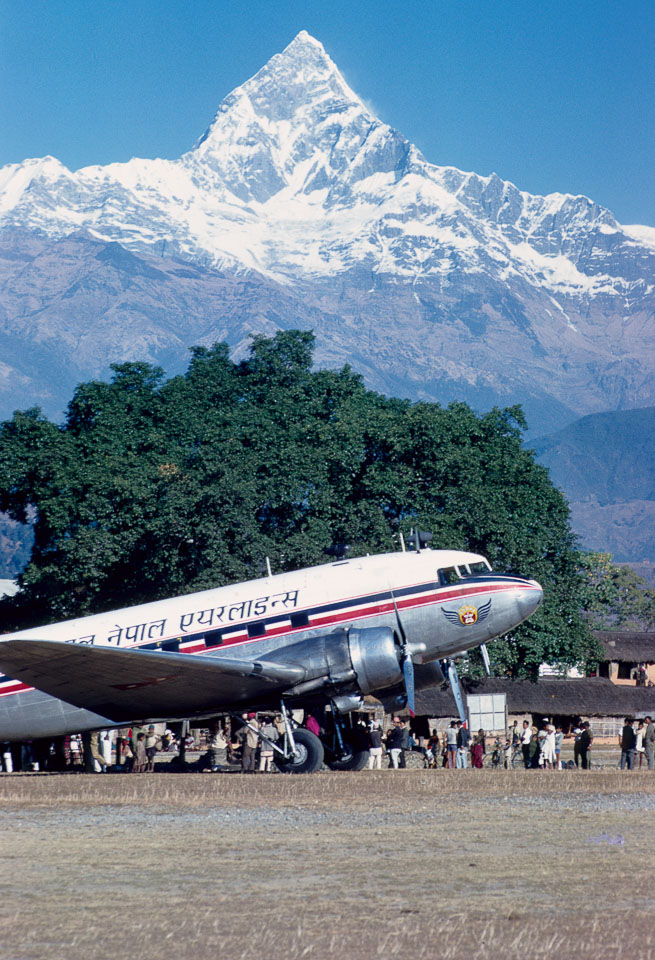
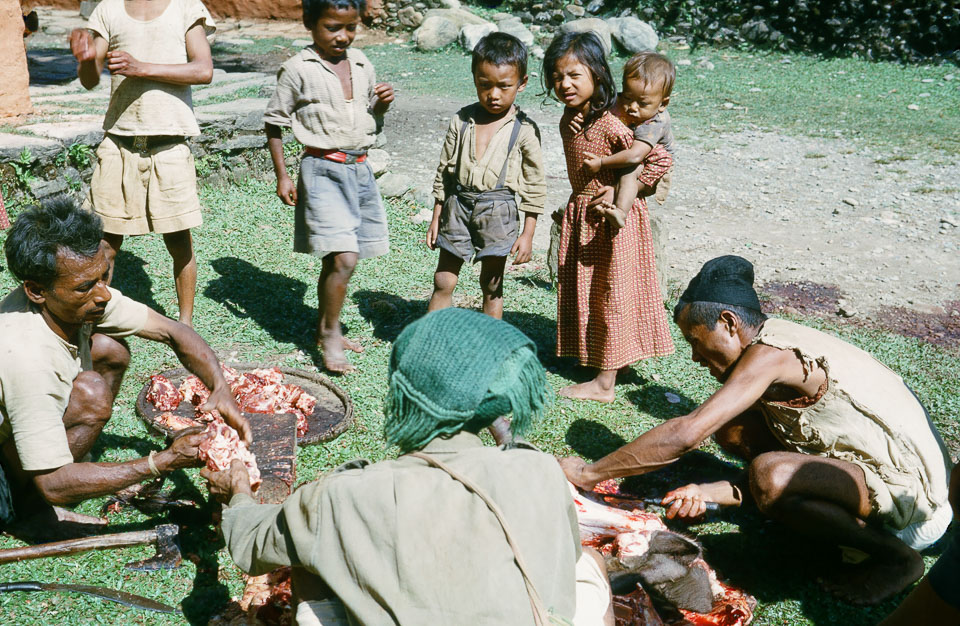




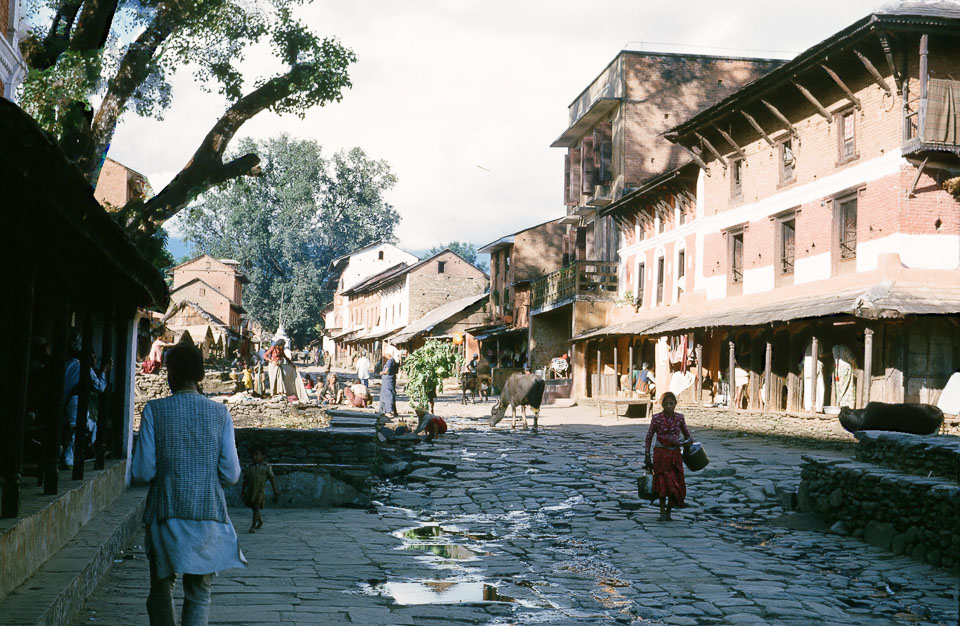

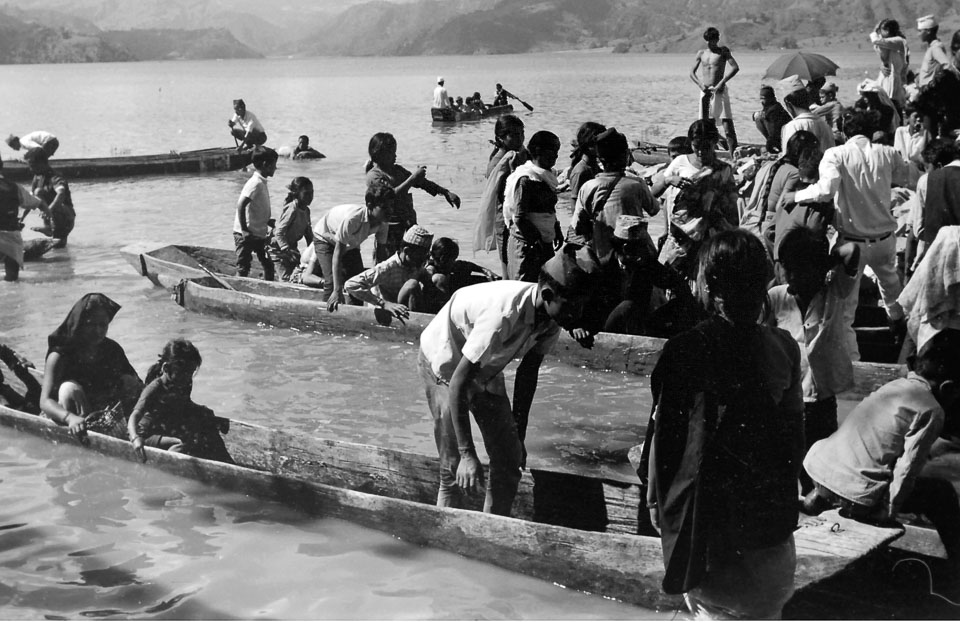
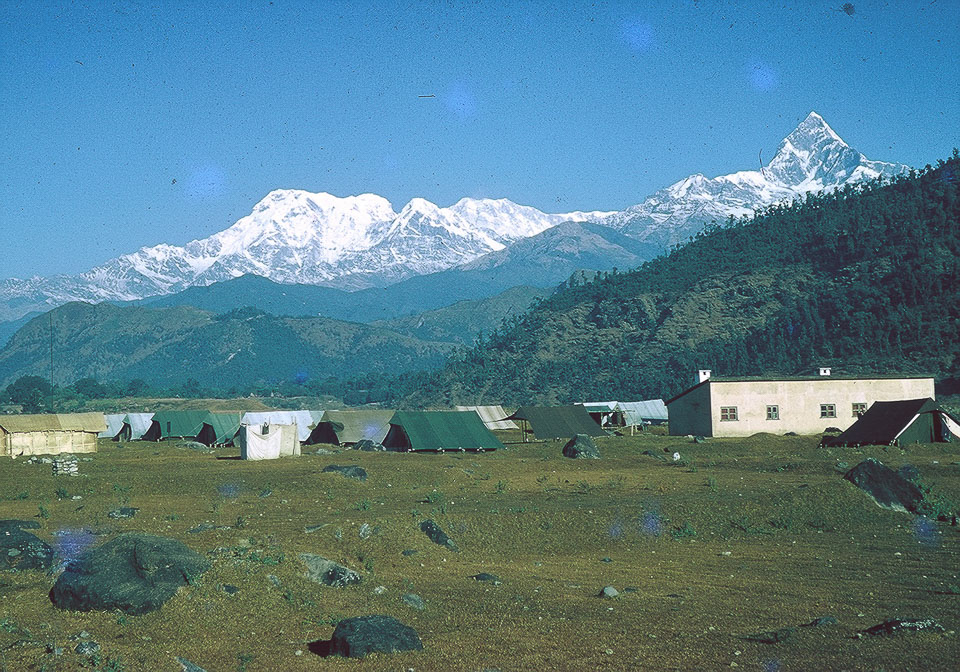


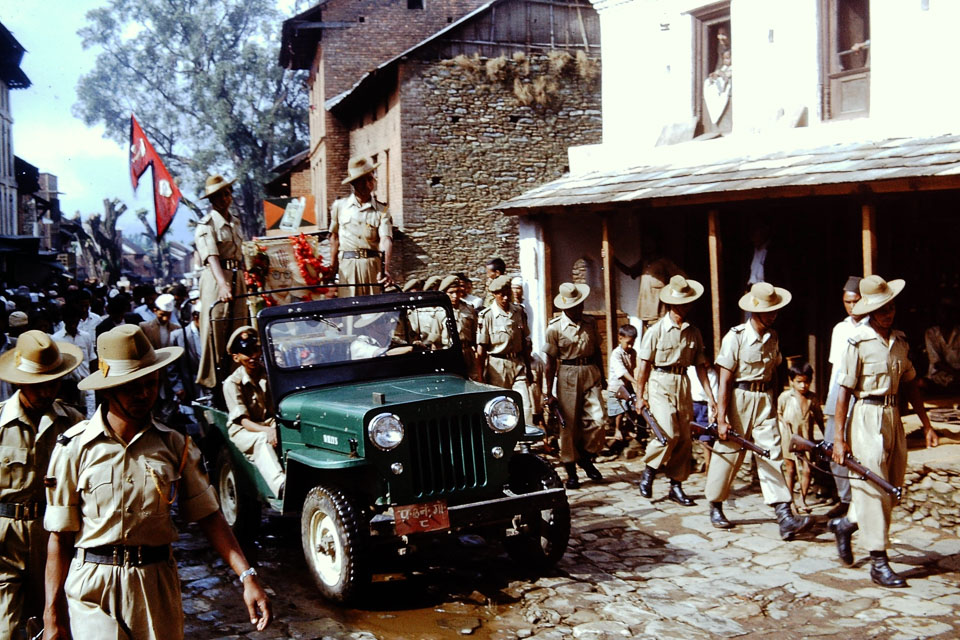
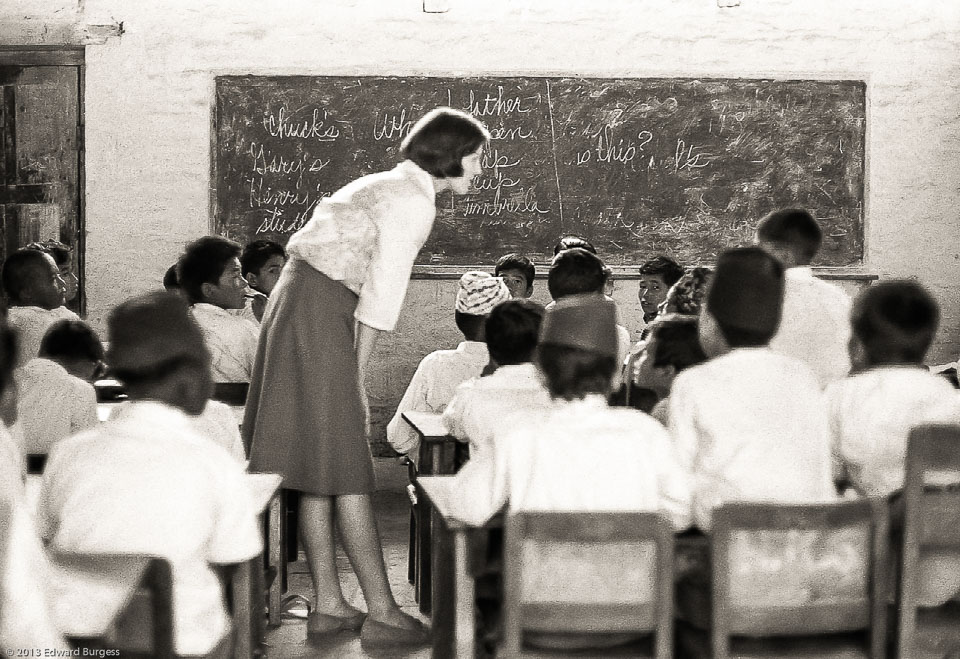
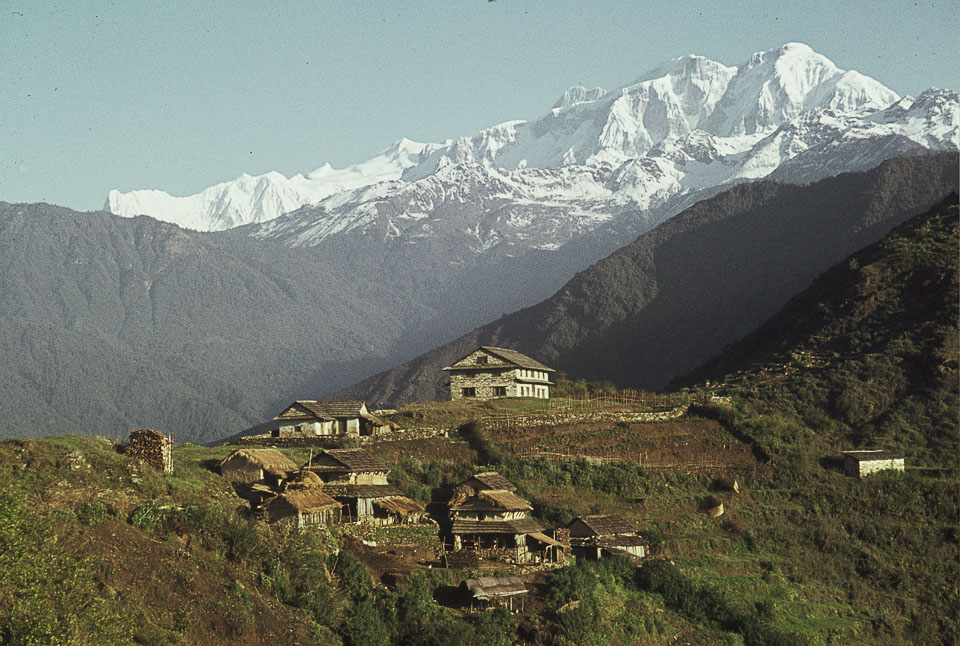

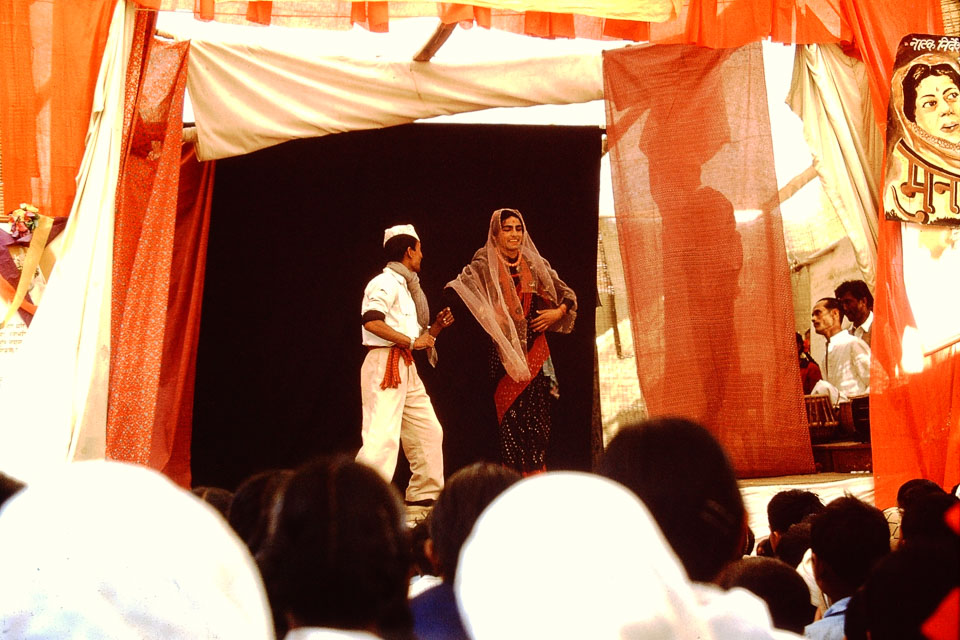


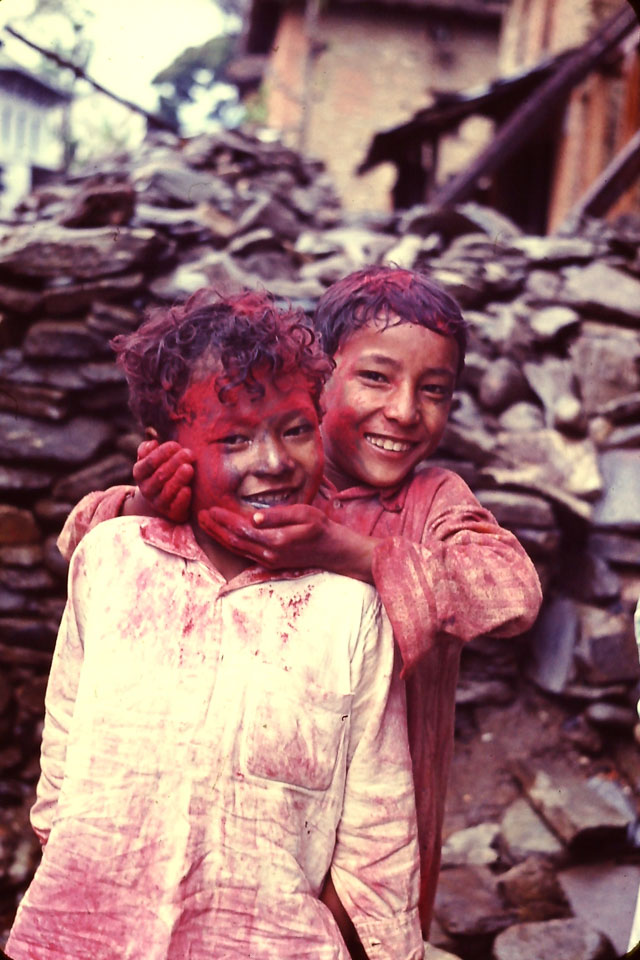
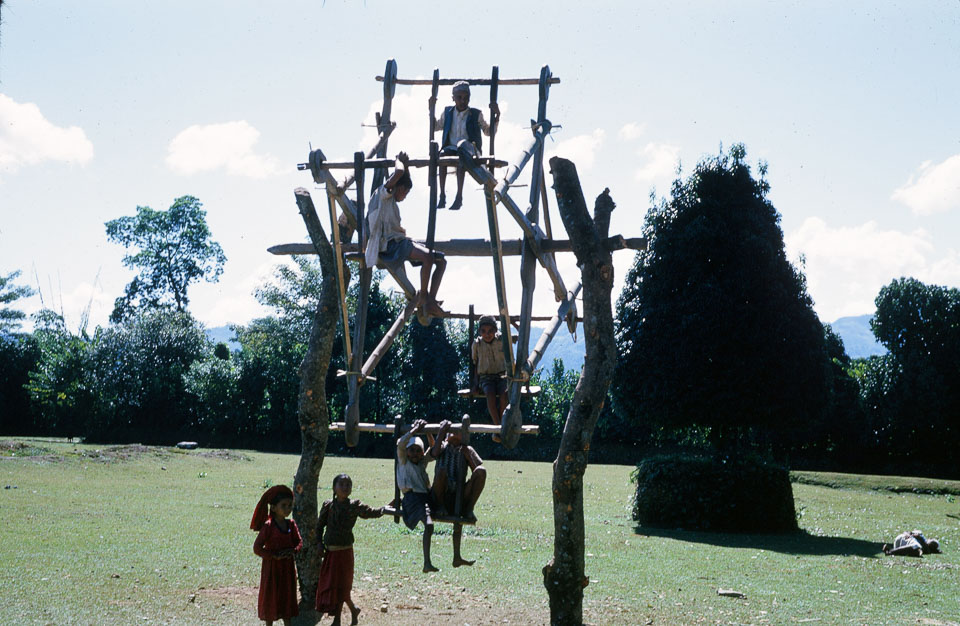




 5.05°C Kathmandu
5.05°C Kathmandu